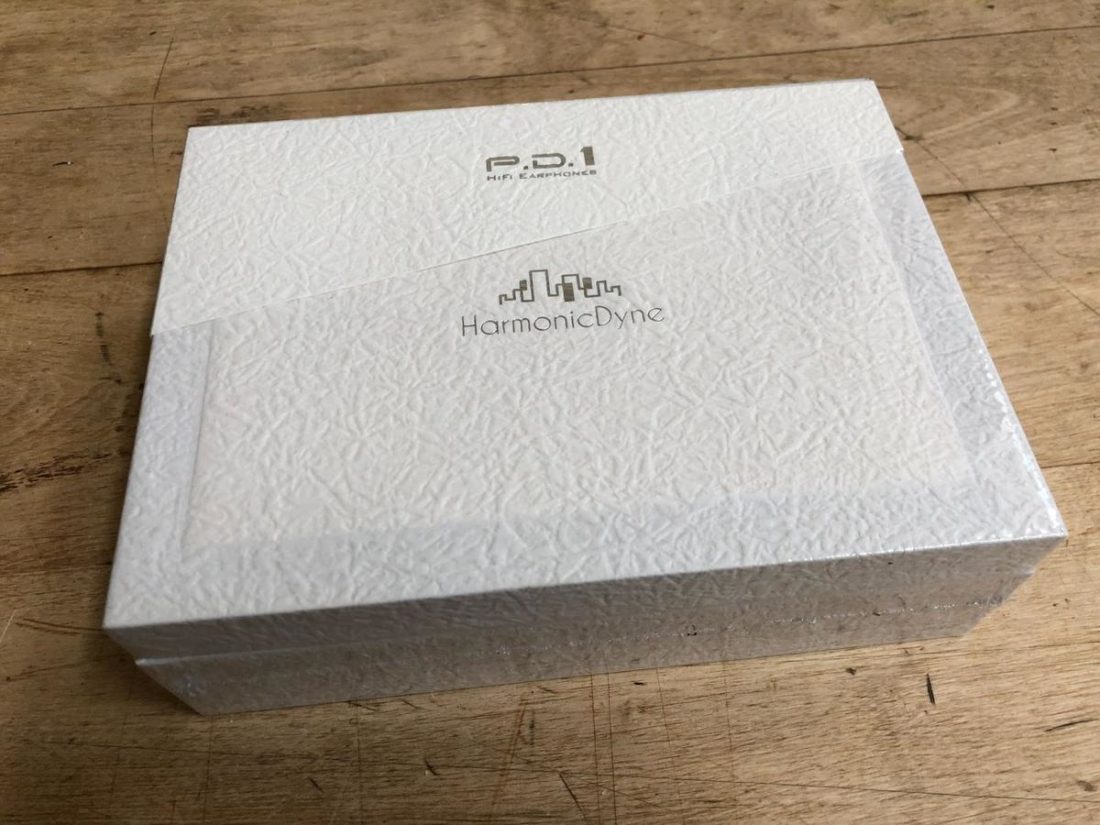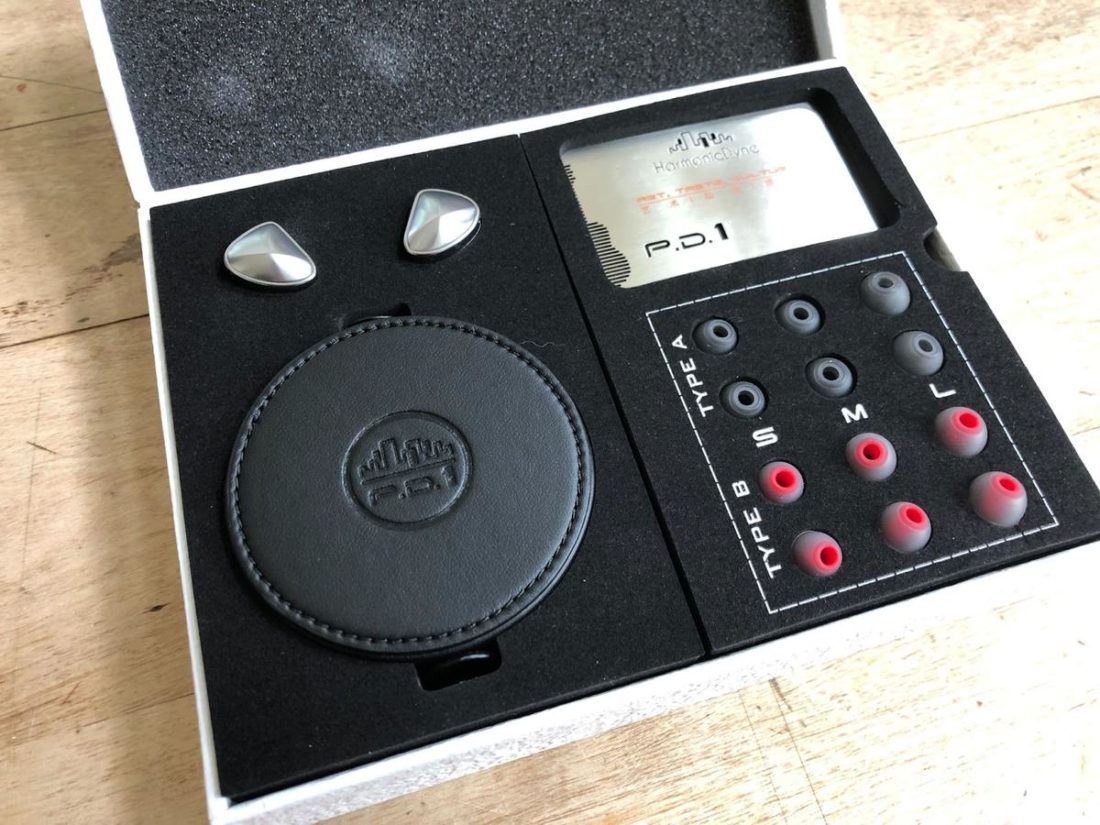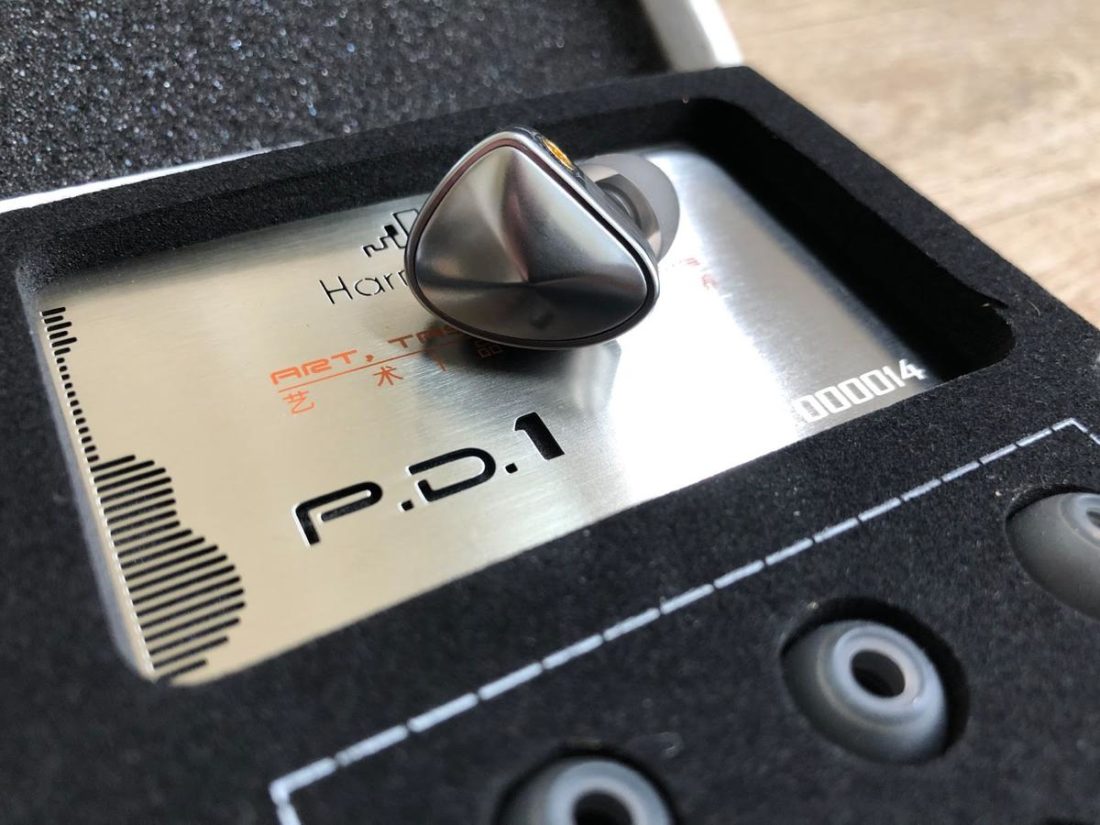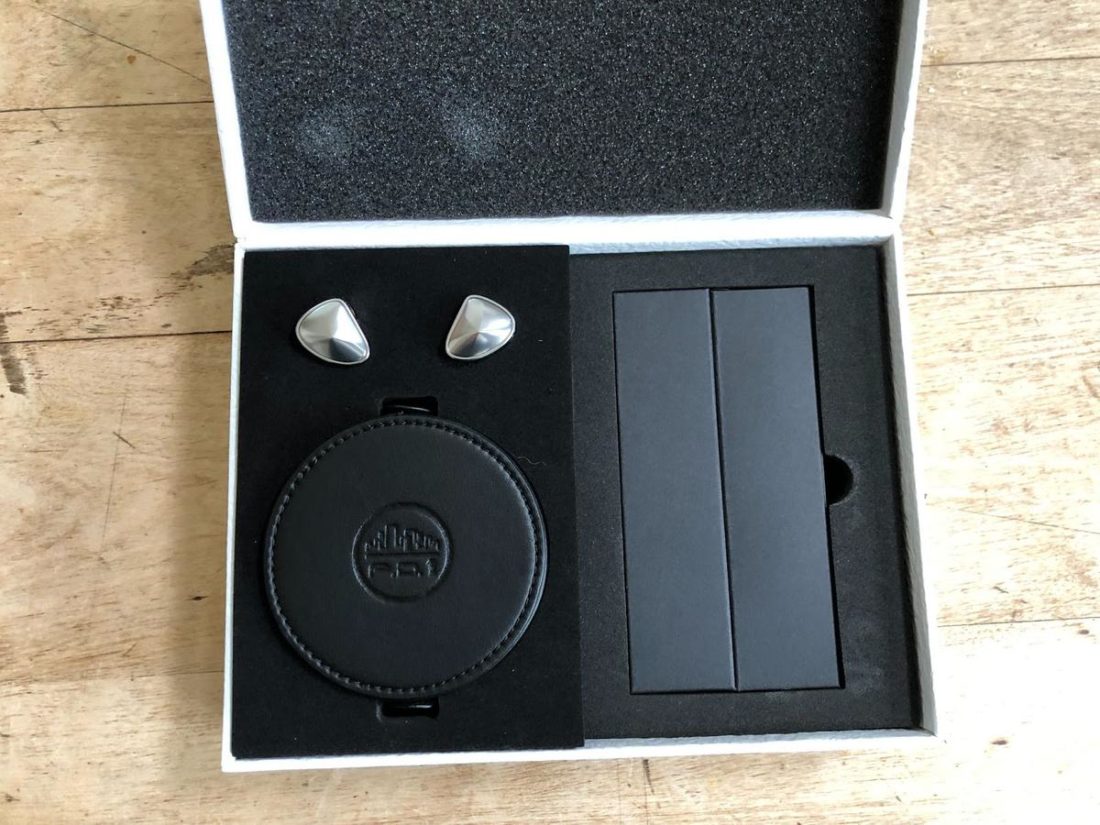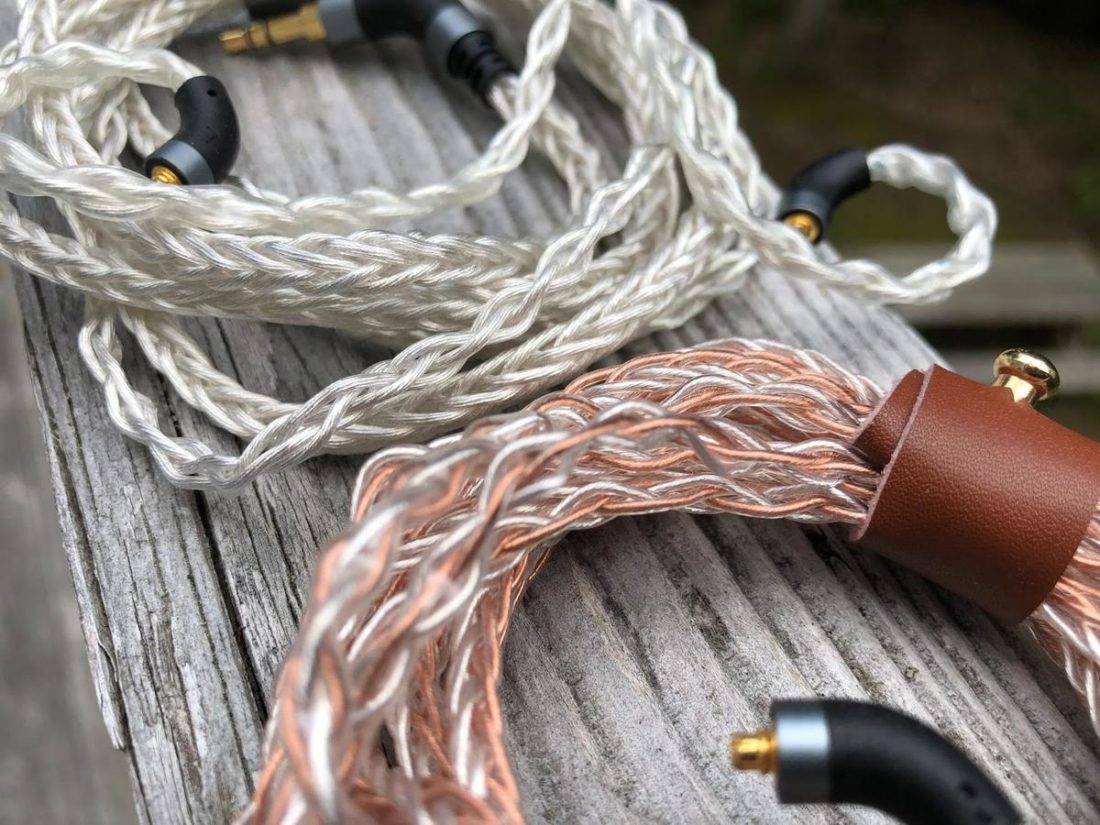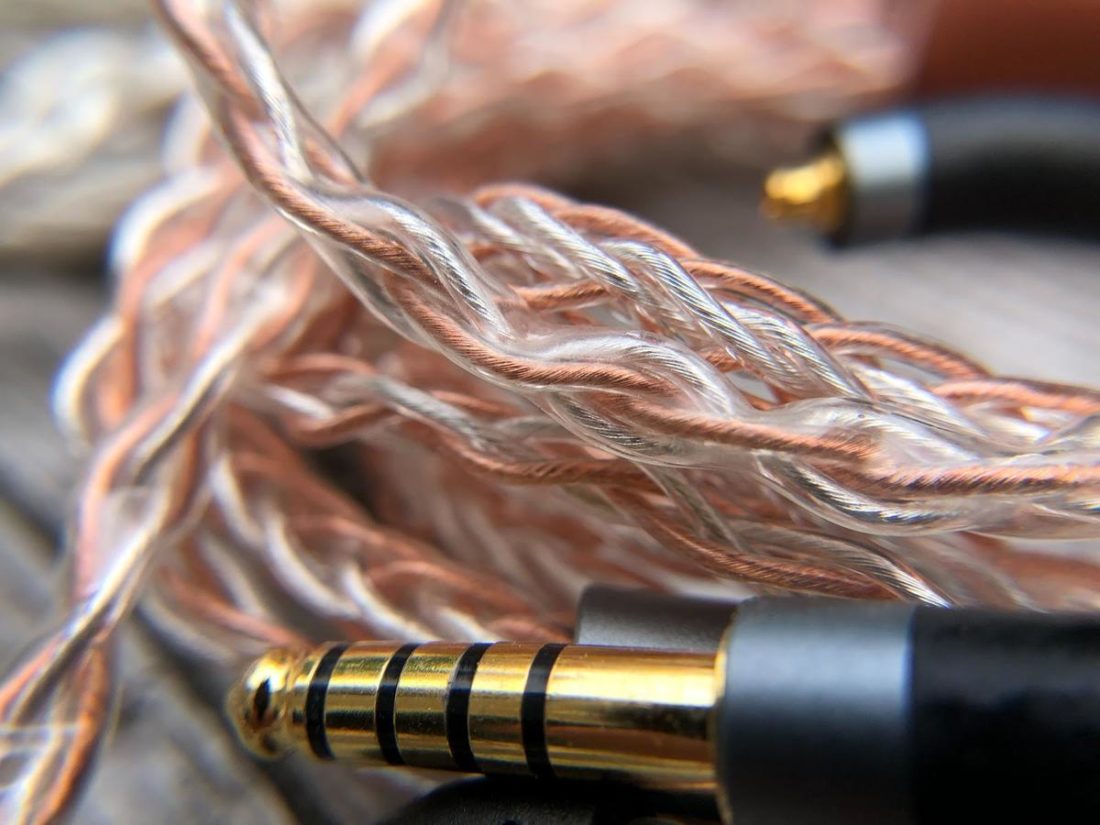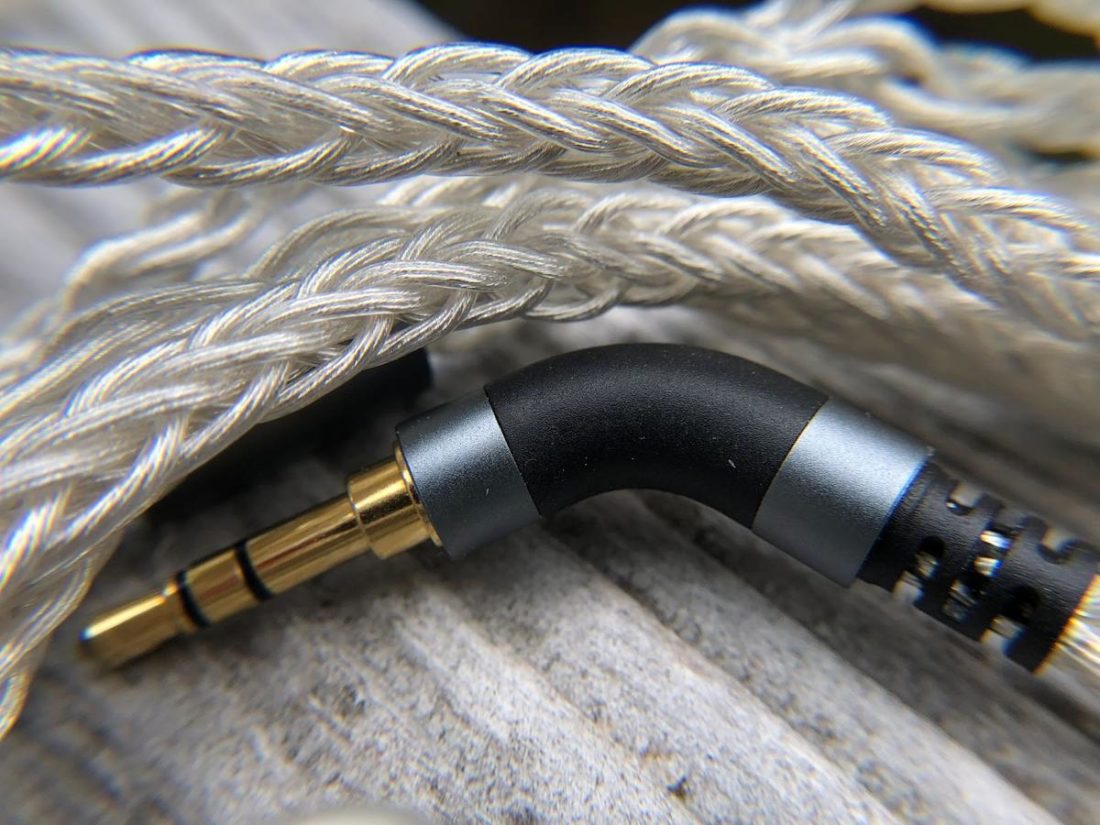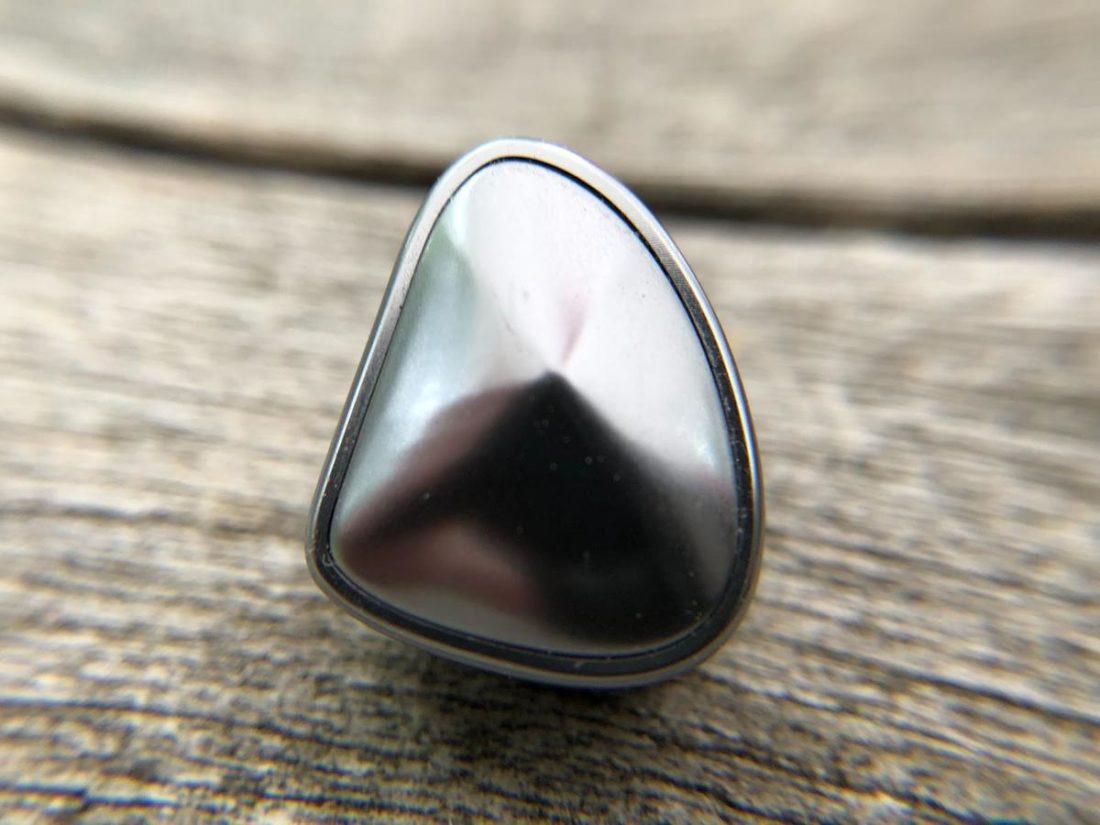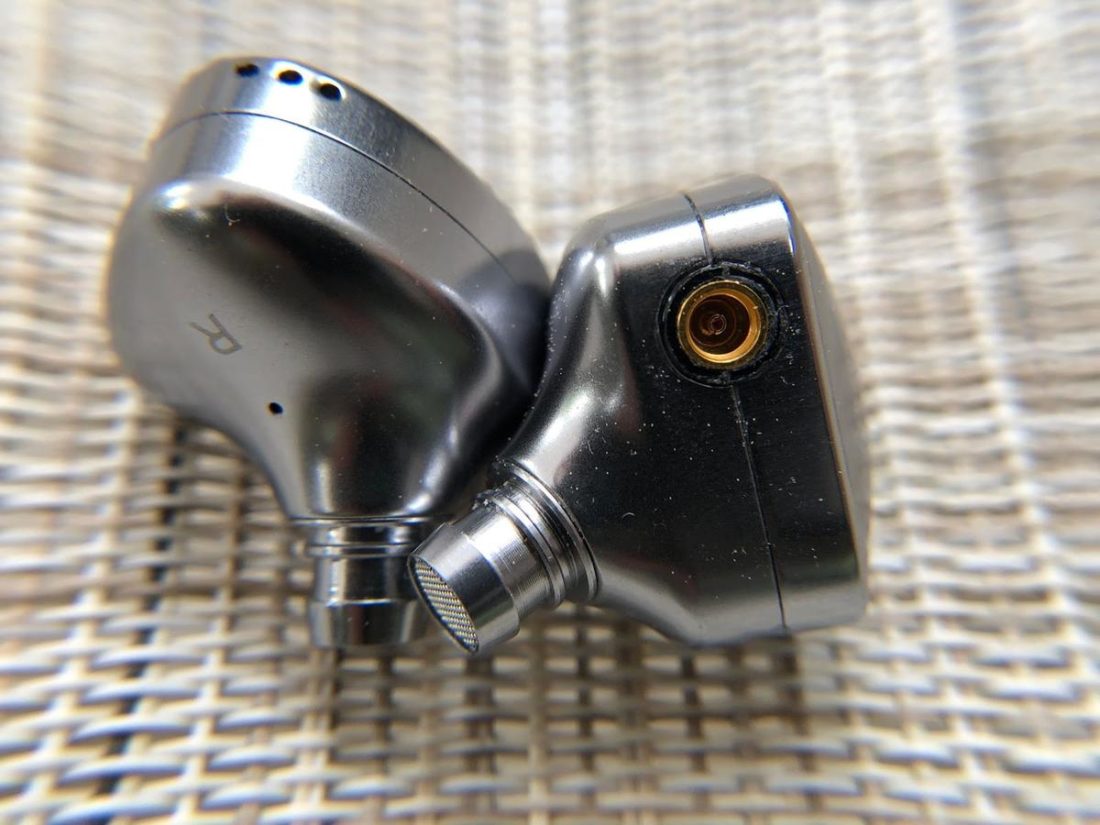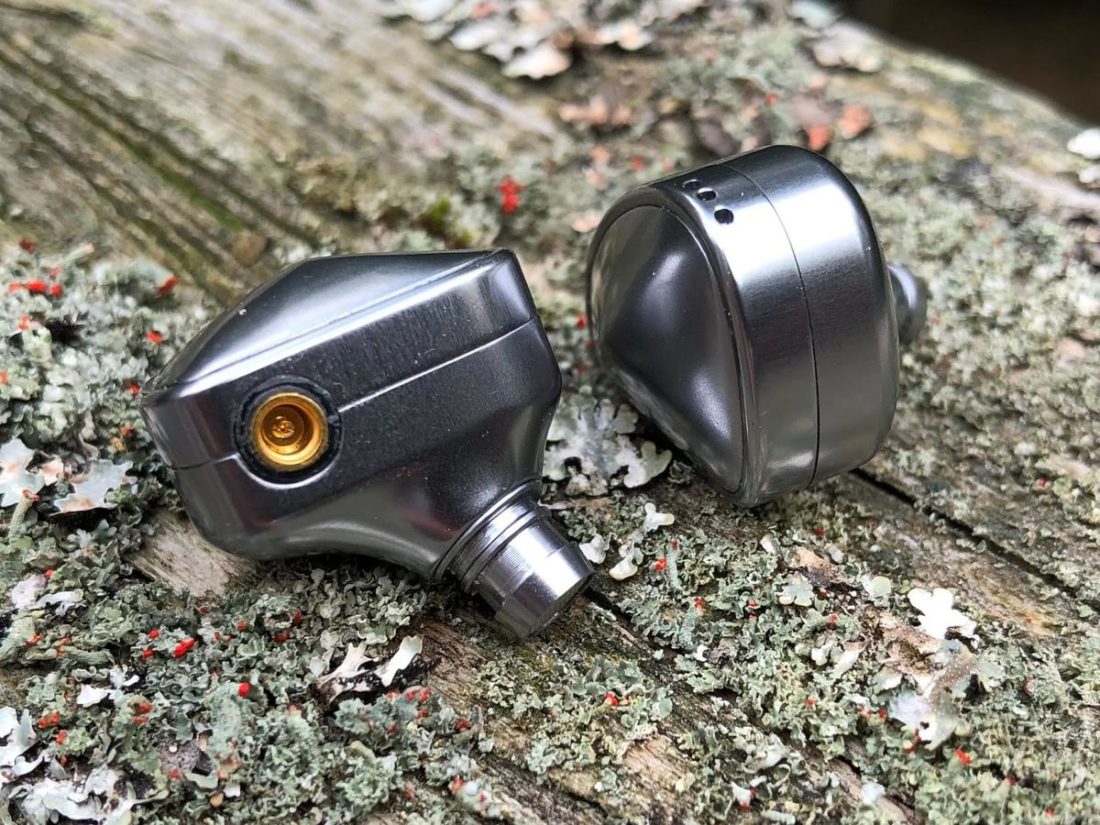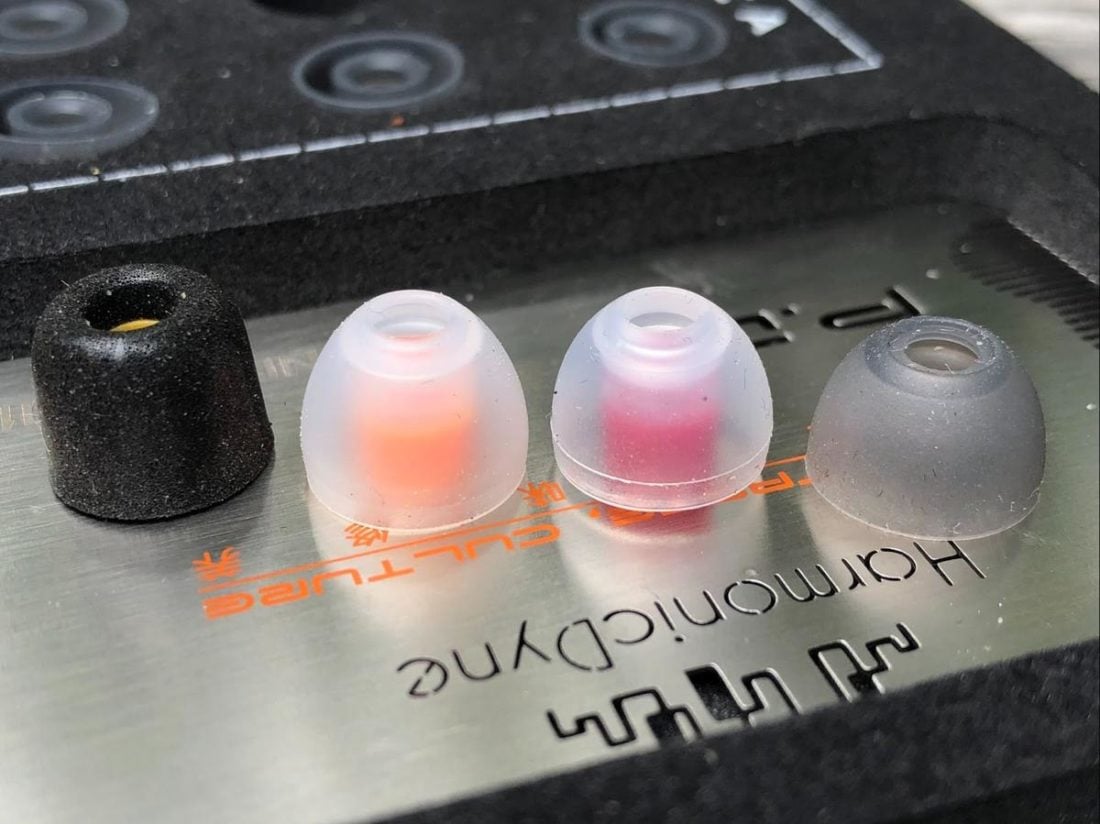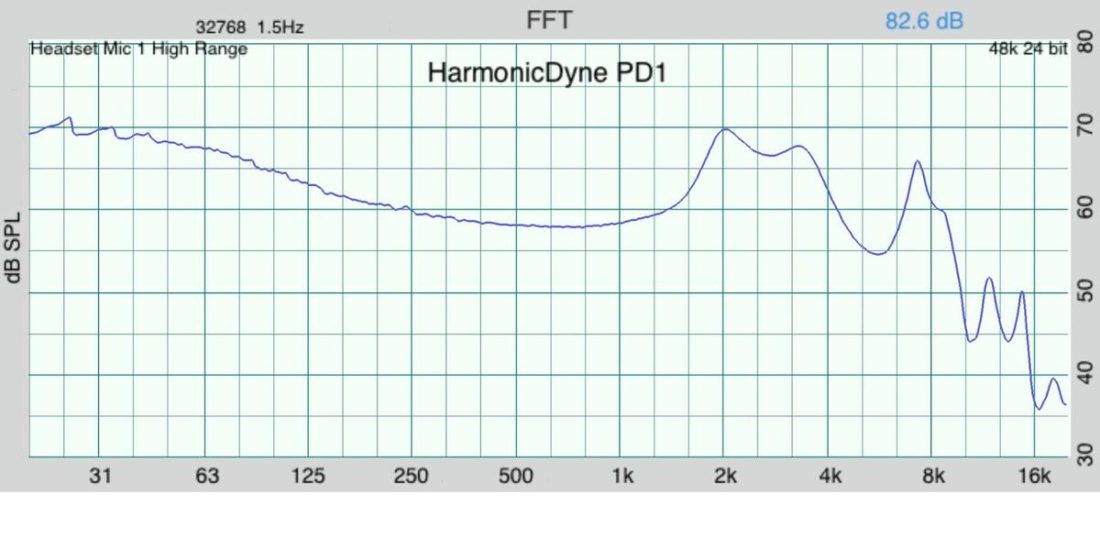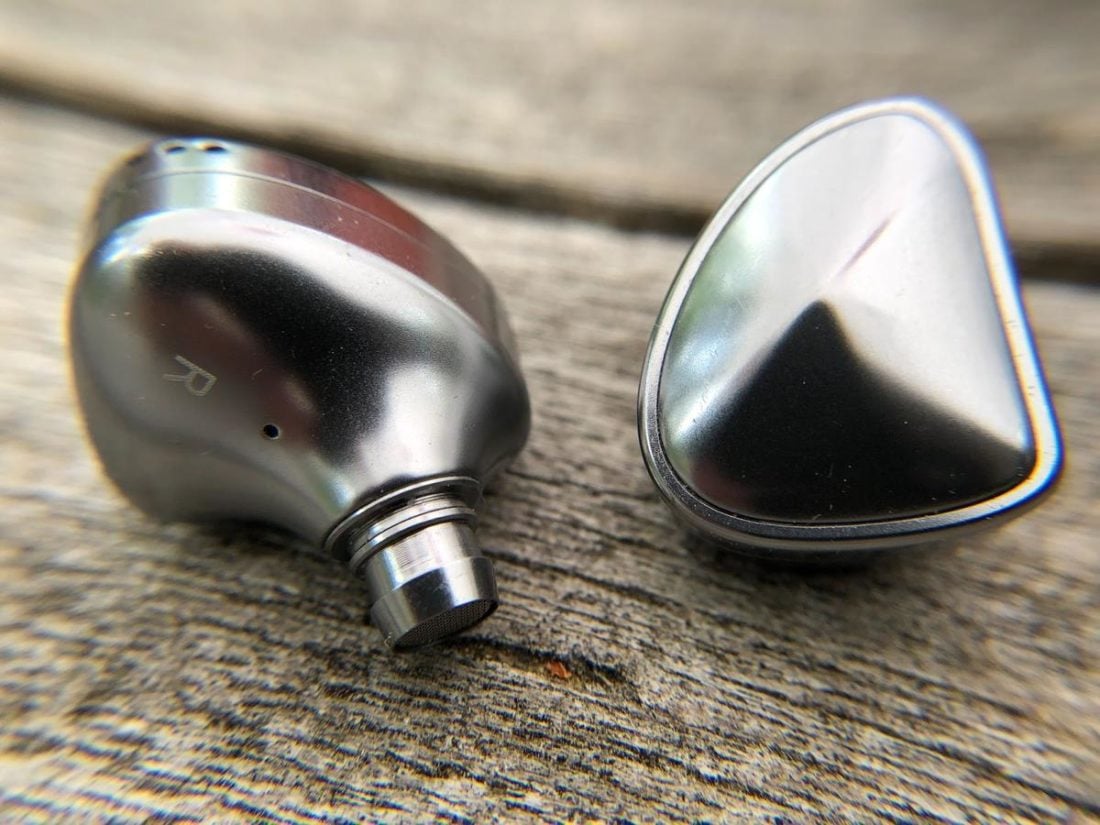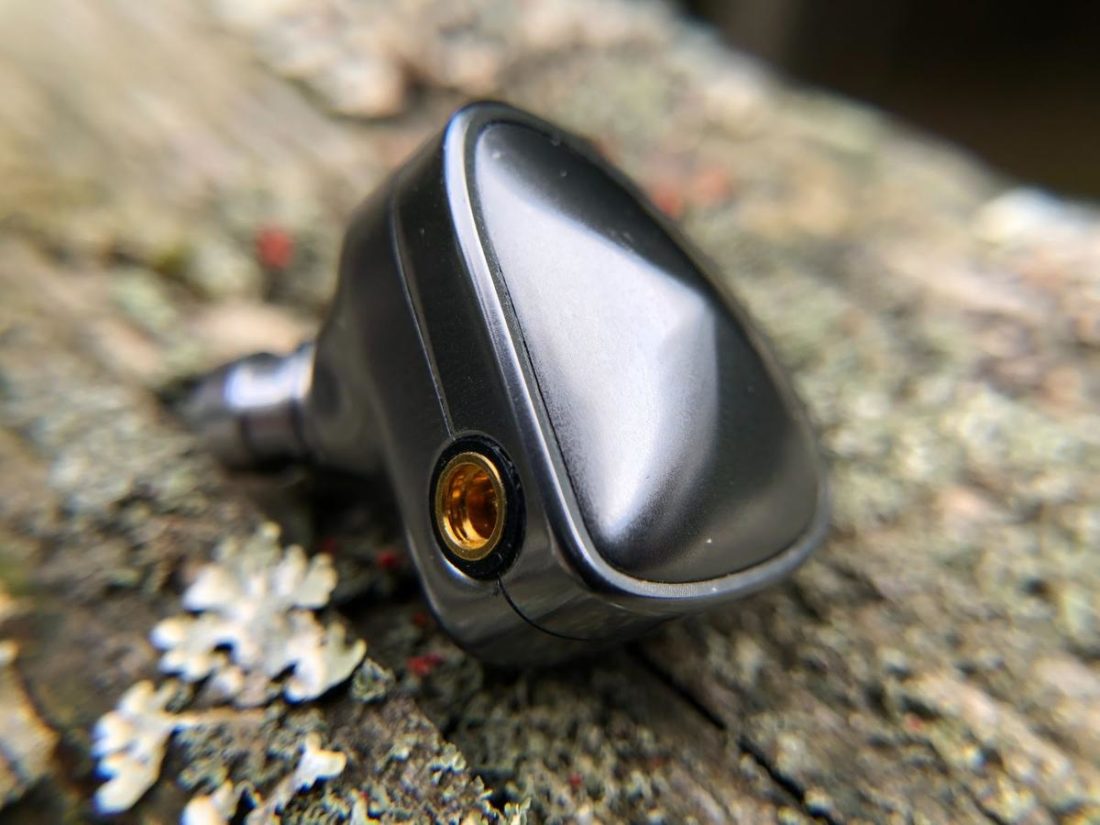The HarmonicDyne P.D.1 are (Linsoul’s house brand) HarmonicDyne’s first foray into IEMs. Rather than being content with tackling a traditional dynamic driver, or hybrid (DD + BA), or tribrid (DD + BA + EST), HarmonicDyne decided on an unusual planar magnetic (the ‘P’ in the name) plus dynamic (the ‘D’ in the name) dual 10mm driver combination. Priced just below $400USD the P.D.1 are firmly out of the bargain category, so they need to deliver on sound quality, build, and accessories. Just being unique isn’t reason enough to exist, and the competition is stiff with many great-sounding contenders around (and under!) this price point. HarmonicDyne promises a ‘natural’ sound, and it’s up to us to figure out if they combined the right parts to sew up their own natural-sounding Frankenstein’s monster. Have they built my new best friend or an unholy and uncontrollable beast best dealt with by a liberal application of flaming torches? With pitchforks at the ready, let’s find out.
Company Overview
In their own words, “Linsoul was founded in 2016 by Crazy HiFi team with the intention of providing world class customer service to the audiophile and music loving communities.” They curate audio products from Chinese Hi-Fi (Chi-Fi) companies and provide customization services including custom-molded IEMs. I think it is important to note that the Story and Mission statements of Linsoul declare that they do not solely strive for products with the highest sound quality. Instead, they refer to a combination of sound quality and visual style. It seems the aesthetic appeal of their products is as important as how they sound. The founder of Linsoul realized that Hifi music listening should be inspirational and modern stylish. It can be combined with sound quality and stylish to express your music style. MISSION To deliver Hi-Fi products that surpass the norm in terms of both Sound Quality and visual intrigue. – Linsoul I’ve had the opportunity to review both of the headphones that Linsoul delivered under the HarmonicDyne label, the Helios and the Zeus. Both are full-sized, over-ear, dynamic driver fairly traditional headphones that share the same shape, size, and materials. They are undoubtedly stylish, but I wasn’t quite captivated by their sound.
Technical Specifications
Form: IEMs Drivers: 1 x 10mm Dynamic Driver, 1 x 10mm planar magnetic driver Impedance (Ohm): 16Ω@1kHz Sensitivity (dB): 110dB/[email protected] Frequency Response (Hz): 10Hz-40kHz THD+N: ≤0.2%@1kHz Removable Cable: Y Source Jack: 3.5mm and 4.4mm Cup/Shell Jack: MMCX Weight (g): 6.5g (single earphone weight, not including cable) Material: Aviation grade aluminum alloy 7075
Packaging
The packaging is a relatively large textured white paper box with a matching angled paper sleeve. Try as I might, I could not remove the sleeve without cutting it, although it (theoretically!) should be able to slide off the box. Open up the hinged box, and you are greeted with a classy display. A soft round storage case sits below the IEMs nestled in black foam on the left, and on the right are the six spare ear tip pairs (S, M, L of type A gray and type B red). Seated directly above is a metal credit card-sized plate engraved with the unique serial number for this pair of P.D.1 IEMs. Lift up the ear tips, and you will find two long slim boxes, each containing a braided cable, one terminated with a 4.4mm balanced plug, and one with a 3.5mm TRS plug.
In the box
HarmonicDyne P.D.1 IEMs 1 pair medium (M) type A “balanced” gray ear tips installed 3 pairs (S, M, L) type A “balanced” gray ear tips 3 pairs (S, M, L) type B “clear” red ear tips Numbered nameplate 3.5mm silver-plated, oxygen-free copper braided cable (MMCX) 4.4mm balanced high-purity, copper/silver mixed braided cable (MMCX) Small round black semi-rigid storage case.
At first glance, the included accessories appear pretty generous. However, it’s in use that shortcomings become apparent. HarmonicDyne’s official recommendation is to use the balanced gray ear tips in medium size. This seemed like a reasonable place to start since an extra pair was already installed on the IEMs. For reference, I almost always review IEMs using the medium-sized included ear tips and seldom have difficulty finding a good fit, seal, and resulting sound. The P.D.1 proved to be the exception to this rule. The included ear tips appear to be pretty standard-sized and shaped silicone tips, with the red type longer and tapering towards the bottom after flaring outwards in the middle. I did not expect to have the fit problems I ran into. This is the first time I’ve resorted (out of desperation) to trying all the ear tips I’ve got kicking around. Finally, I found a pair of medium-sized Tripowin Spiral Groove memory foam (medium yellow) tips that fit the bill: that is, both the P.D.1 and my ears, properly. These tips were initially included with the Thieaudio Monarch IEMs. The storage case is a neat little round, soft-sided, faux leather affair, which employs fabric, rivets, and a snap to hold it all together. It’s okay, but entirely inadequately sized to hold the IEMs and their unusually bulky cables. Carefully winding up a single cable and the IEMs to fit them all into the case is a challenge. Fitting both cables inside is an impossibility. It’s far too small to be convenient, and I simply won’t use it.
Cable
I have few doubts that many will be delighted by the two cables included with the P.D.1. Bravo for including both a single-ended 3.5mm cable and a balanced 4.4mm cable! Both are well made, featuring high-quality copper and either braided silver strands (balanced) or silver-plated copper (SE). They have unique angled connectors and metal y-splits branded with the HarmonicDyne logo. The braided cables are big and visually impressive. But that’s the problem. They are BIG, heavy, and unwieldy for IEM cables. The curved, clear plastic sections near the MMCX connectors are stiff and coiled too tightly. Cables should be limp and inert, and these hold their shape too well and fight back. Perhaps a 4-strand cable, rather than these 8-strand monsters, would be a better option. HarmonicDyne somewhat ambiguously describes the cables as “double dealing,” providing differing sound signatures listed as “vocals” (silver-plated copper 3.5mm) or “classic” (copper and silver mixed 4.4mm). Since the change in amplification between a single-ended and balanced source will likely influence the resulting sound more than the cable material choice, I’m not prepared to say one cable is any sort of sonic improvement over the other.
Design
The fit issues I ran into must be related to the shape of these IEMs. Rather than the currently popular faux-custom, ergonomically shaped, full resin-bodied IEMs, the P.D.1 are an all-metal design that adopts a bulky universal fit shape. I don’t know if it’s the shortish nozzle length or perhaps the angle that doesn’t seem to fit my ears quite correctly. As always, everyone’s ears are unique and YMMV. High purity copper and silver mixed balanced cable, classical, instrumental, everything!” – Linsoul Perhaps surprisingly, I don’t find the P.D.1 uncomfortable. Although all metal in construction, they aren’t too heavy when in the ears, and while not ergonomic in design, they didn’t rub or cause any discomfort. The shells are cut from aviation-grade aluminum alloy using a 5-axis CNC machine to achieve their finely textured, natural metal finish. The P.D.1 are far more sedate-looking than many of the multicolored works of art showing up in IEM form lately, but they exude a well-made solidity and classy look and feel. There is lots to like with the flush gold MMCX sockets and lipped nozzle for better ear tip retention. Both are well designed and impeccably constructed. There is a single small vent hole on the inside surface near the nozzle and three additional vent holes along the rearmost edge.
Internals
The combination of a 10mm dynamic driver and a 10mm planar magnetic driver is unquestionably unusual. The theory behind any hybrid design is to capitalize on each driver type’s unique strengths and to minimize drawbacks. In this case, the planar driver is intended for the midrange and treble frequencies, while the dynamic driver tackles the low bass frequencies. The dynamic driver further uses carbon nanotubes (CNT) along its edge and diamond-like coating (DLC) for the dome. It’s touted as ‘high-efficiency’ to better respond to less powerful sources. In use, the P.D.1 are relatively easy to drive and should respond fine with most decent portable sources.
P.D.1 Sound
I’m a fan of the smooth and powerful planar magnetic sound in headphones. The Audeze LCD-2 are perennial favorites. The (modified) Takstar HF580 have earned a permanent spot in my collection. I’ve spent long hours tweaking the Fostex T50RP series. We wanted to present a sound that was both accurate, and musical yet natural, HarmonicDyne has uniquely tuned the P.D.1 to provide a soothing experience with good sparkle and energy. The pair produces a natural bass response with lovely full-bodied vocals and smooth well-extended treble frequency response.” – HarmonicDyne While I’ve done lots of listening with the Audeze LCDi3 sorta-IEMs, the P.D.1 represent my first time hearing true tiny planar ‘in-ear’ monitors. The LCDi3 don’t count, as they are large drivers funneled into your ear canals rather than sized to fit in your ears. Rather than providing that flat bass response that large planar drivers are famous for, the planar drivers in the P.D.1 handle the higher frequencies (I’m assuming due to the small driver size), which is now commonly the domain of tiny BA and EST drivers. And then there is the fit or lack thereof. I just couldn’t get a proper seal in my ears with the tips included in the box, which ruined the low-end response. The resulting sound? Nasal, harsh, and fatiguing. To be fair and adequately assess the P.D.1, I had to find a pair of ear tips that fit correctly. There is no way they are intended to sound this way. I tried all the ear tips included with more than ten pairs of IEMs I have on hand with the P.D.1. In every previous case of testing new IEMs, I have found a good fit with one of the silicone pairs included. I even went so far as ordering new sets of SpinFit CP145 and CP100 ear tips to try, which are my default go-to tip choices. While they fit better than the included options, neither provided the seal of the Tripowin Spiral Groove memory foam (medium yellow) tips and thus sounded sonically inferior. So, suffice to say, these audio impressions (and measurements) are based on using the Tripowin foam tips. The foam tips don’t eliminate the upper midrange forwardness, but it is far better balanced by the substantial low end missing when using the silicone tips. The overall sound signature tends towards rolled-off upper-treble frequencies, with an upper-midrange peak around 3Khz, and an extended low end.
Bass
The P.D.1 low end is the star of the show. It plumbs the depths with great solidity (that is, if you can find a pair of ear tips to fit). The bass hits hard but cleanly and doesn’t get too boomy or bloated. It may seem even more prodigious than in reality due to the highest frequencies not being overly present to properly balance the lows.
Midrange
The transition from the low end into the midrange is smooth and relatively transparent. Lower to middle frequencies in this range are acceptable. Vocals and instruments are decently reproduced and sound ‘natural’ as HarmonicDyne intended. Problems arise when reproduced frequencies start hitting around 2-4kHz. There is a significant and very audibly prominent peak going on in this range. One of my fellow writers is notoriously sensitive to frequencies in this range, and the P.D.1 are the last IEMs I would recommend for him. Frankly, this sound signature is not my cup of tea either. This upper-midrange boost makes the overall tonality feel nasal and brassy rather than warm and realistic. While the P.D.1 are relatively articulate and resolving, the sharp decline in response in the uppermost frequencies yields a bit of an opaque character, lacking in air and space.
Treble
Treble is there, but minimally. There just isn’t enough of a bump higher up to feel like the P.D.1 portray delicacy or lightness. I won’t go so far as to say they are muddy or veiled sounding; it’s just that there isn’t enough high-end extension to balance out the other frequency extremes. I know all this sounds rather harsh, and it isn’t that the P.D.1 are particularly bad sounding. If you find you enjoy an upper midrange peak and are sensitive to treble but crave big bass, they might just be your jam.
Comparisons
I’ve got two very different pairs of IEMs on the go right now, the first being the P.D.1 and the second are the IKKO OH10. Both are hybrids, but the OH10 employs a far more traditional arrangement of a 10mm titanium diaphragm dynamic driver plus a Knowles 33518 balanced armature driver. Both are fully metal shelled as well, with the OH10 being an unusual (heavyweight!) construction of pure copper shells with titanium exterior coating and the internal chambers coated with platinum. But, how different could these seemingly similar hybrid IEMs sound, anyways? Turns out, the answer is a lot. The OH10 BA+DD combination provides a relatively typical v-shaped sound signature that extends well in the upper and lower extremes. The midrange takes a step back, while the high end imparts plenty of splash and brilliance, and the bass grounds it all with solidity and depth. They sound very different from the brassy midrange-focused character of the P.D.1. Without negating the purpose of my soon-to-be-published review of the OH10, I would reach for these IEMs every time over the P.D.1. Their sound signature engages me far more, and they stand as an excellent bargain option right now.
Where to Buy
Conclusion
Well, Doctor Frankenstein, how do we grade your creation? Perhaps you are damned by your driver choices. Traditional BA hybrids, or EST tribrids, are garnering a lot of enthusiastic praise these days. Lightness, energy, and sparkle seem to be the name of the audio game with these designs. A small planar magnetic driver may simply not be up to the challenge of providing a natural midrange and an airy high-end. Much like their previous full-sized headphones, the P.D.1 leave very little to complain about regarding design, construction, or material choice. But then again, there are the unusual and problematic fit issues I ran into. Unfortunately, the P.D.1 comes off of a bit more as an experiment in sound and driver choice housed in a nicely finished enclosure, than a fully realized design. They are closer to the lumbering beast in terms of cohesive conversation than the elegant and graceful creation, that they resemble physically. I applaud innovation and trying new concepts, that’s how the industry advances, and we (as consumers) benefit. But as they say, not every turn at bat hits a home run. Perhaps there will be a P.D.2. I look forward to seeing the next invention that HarmonicDyne stitches together. Maybe the ‘Bride of P.D.1’ will be a worthy sequel.

